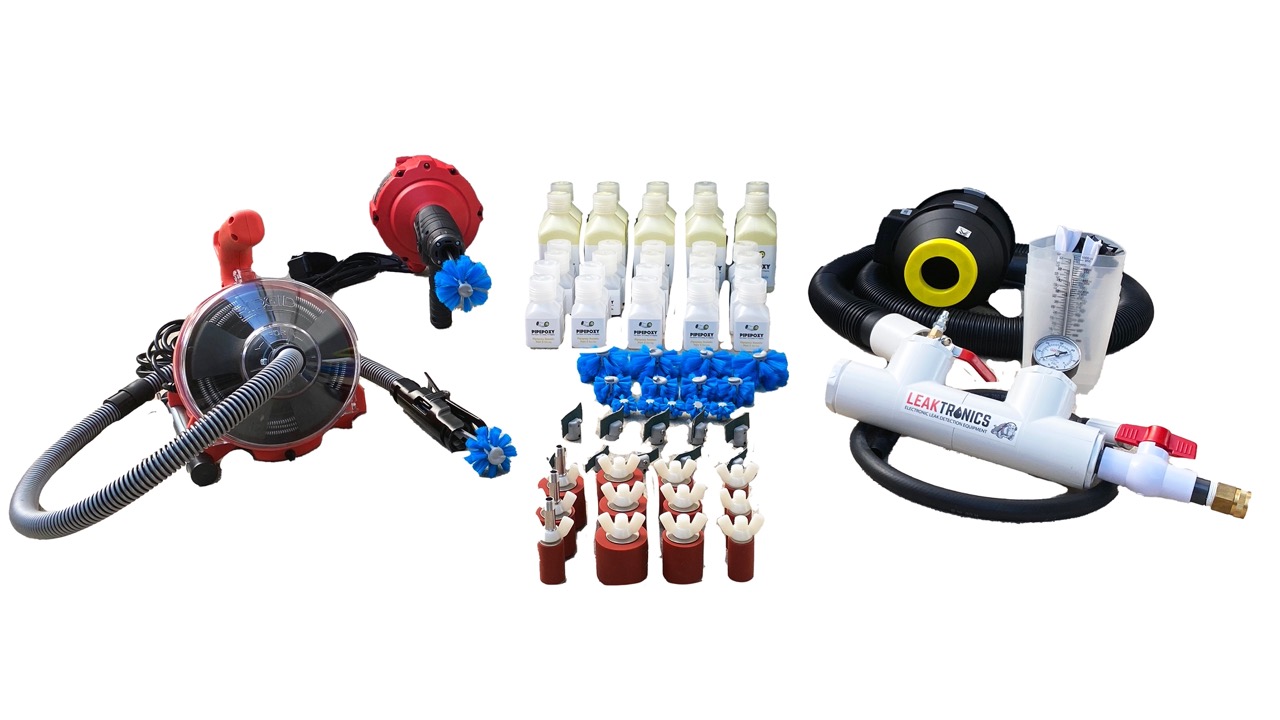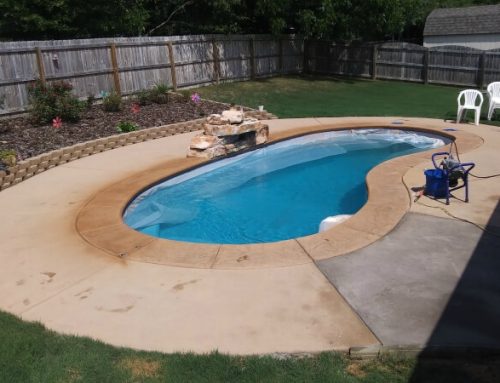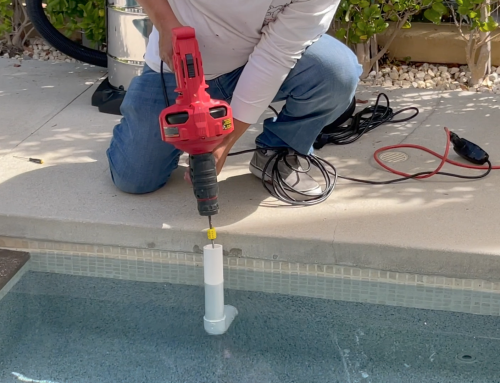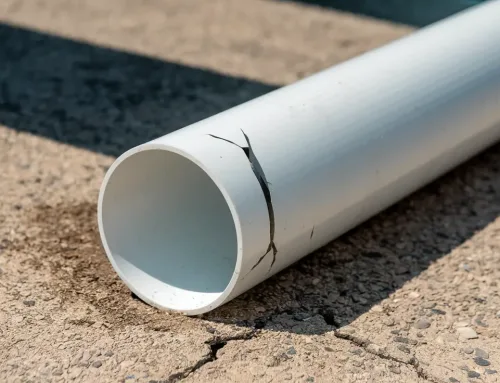The world of swimming pool maintenance is witnessing a significant shift with the advent of trenchless technology for repairing plumbing lines. This innovative approach addresses common concerns and challenges associated with traditional repair methods, offering pool owners a less invasive, more cost-effective, and faster solution to plumbing issues. In this article, we explain to you what makes trenchless technology non-destructive?
Understanding Trenchless Technology
Trenchless technology is a groundbreaking repair method that allows for the fixing of underground pipes without the need for extensive excavation. This method involves techniques such as pipe sanding, blowing and coating. Pipe sanding roughens the plumbing line which allows the Accumix to adhere appropriately. Then, the next step is to blow the pipe under repair to get rid of the pipe shavings and debris. Lastly, the right amount of Accumix is poured into the pipe and coats the pipe using the right size brush. These techniques minimize disruption to your property, making trenchless technology an efficient solution for pool plumbing repairs.
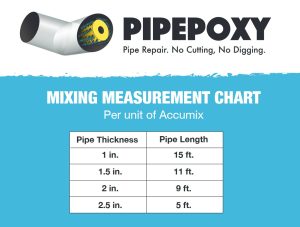
Mixing measurement chart for mixing the right amount of Accumix for your application.
The Importance of Leak Detection
A critical step before undertaking trenchless repairs is accurately detecting the location of leaks. Utilizing advanced technologies and equipment, specialists can pinpoint leaks with precision, significantly reducing the risk of unnecessary property damage. This precision in leak detection is crucial for the effective application of trenchless repair methods, ensuring that the repair process is both efficient and minimally invasive.
Addressing Concerns
Despite its benefits, some pool owners have concerns about trenchless pipe repair, such as the potential for mold growth from unaddressed leaks and the fear of increased repair costs if minor issues are not promptly fixed. Excess moisture from leaks can indeed create environments conducive to mold, which poses health risks and requires costly remediation. Additionally, ignoring minor plumbing issues can lead to more significant, expensive repairs down the line. It’s essential to address leaks and damages early to prevent these problems.
Choosing Between DIY and Professional Repairs
When it comes to repairing pool plumbing, homeowners face the choice between DIY efforts and hiring professionals. DIY repairs can offer cost savings and flexibility but may fall short in addressing complex issues that require specialized knowledge and equipment. On the other hand, professional services bring expertise, efficiency, and the assurance of warranties, albeit at a higher cost. The decision should be based on the complexity of the repair, the homeowner’s skill level, and the potential risks involved.
The Role of Preventative Maintenance
Preventative maintenance is key to avoiding extensive pool repairs. Regular pool service, monitoring water levels, maintaining proper chemical balance, and cleaning the skimmer box are recommended practices to keep your pool in optimal condition. Addressing small issues promptly can prevent them from escalating into larger, more costly problems.
Trenchless technology represents a significant advancement in pool plumbing repairs, offering a viable solution to traditional challenges. By understanding the process, ensuring accurate leak detection, and weighing the pros and cons of DIY versus professional repairs, pool owners can make informed decisions. With the added emphasis on preventative maintenance, it’s possible to enjoy a well-maintained pool with minimal disruptions and repair needs.
In the evolving landscape of pool maintenance, trenchless technology stands out as a promising solution for efficient, cost-effective, and durable plumbing repairs, ensuring that your pool remains a source of joy and relaxation.

